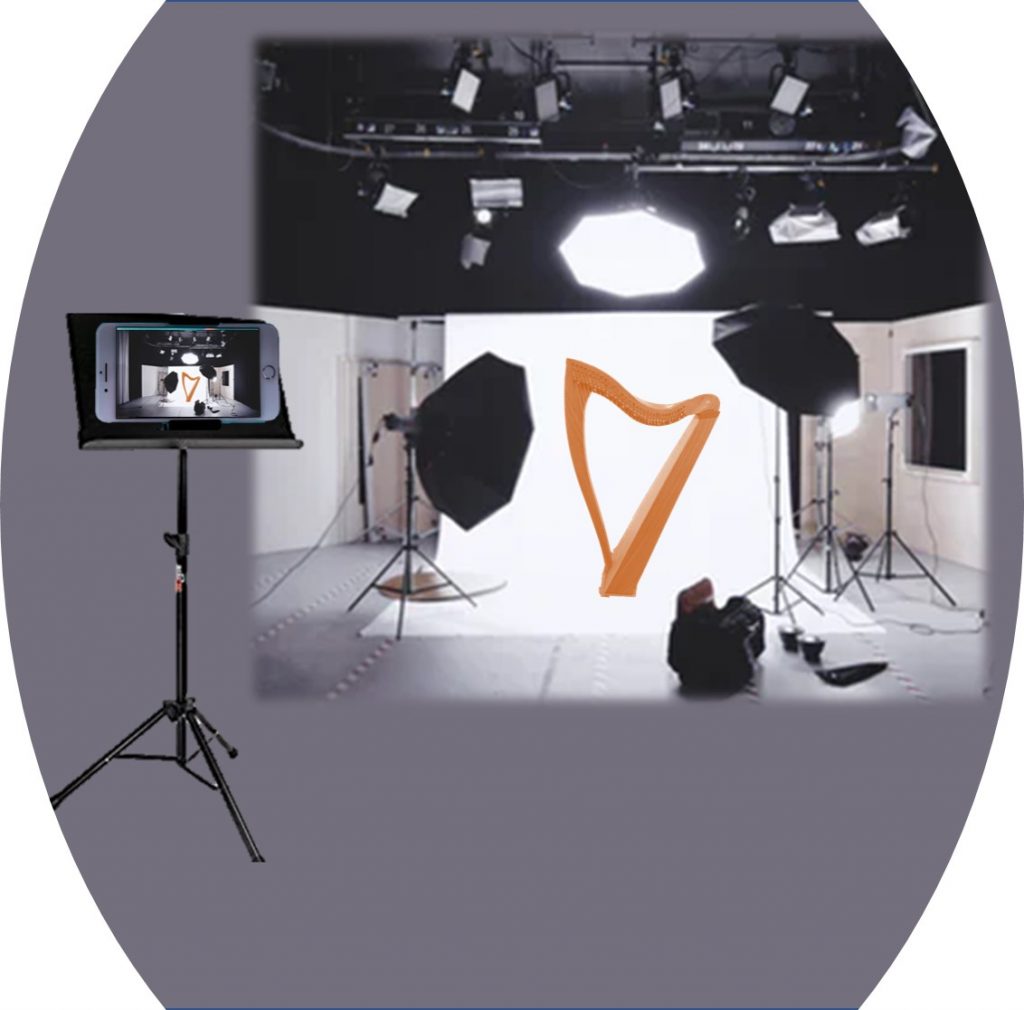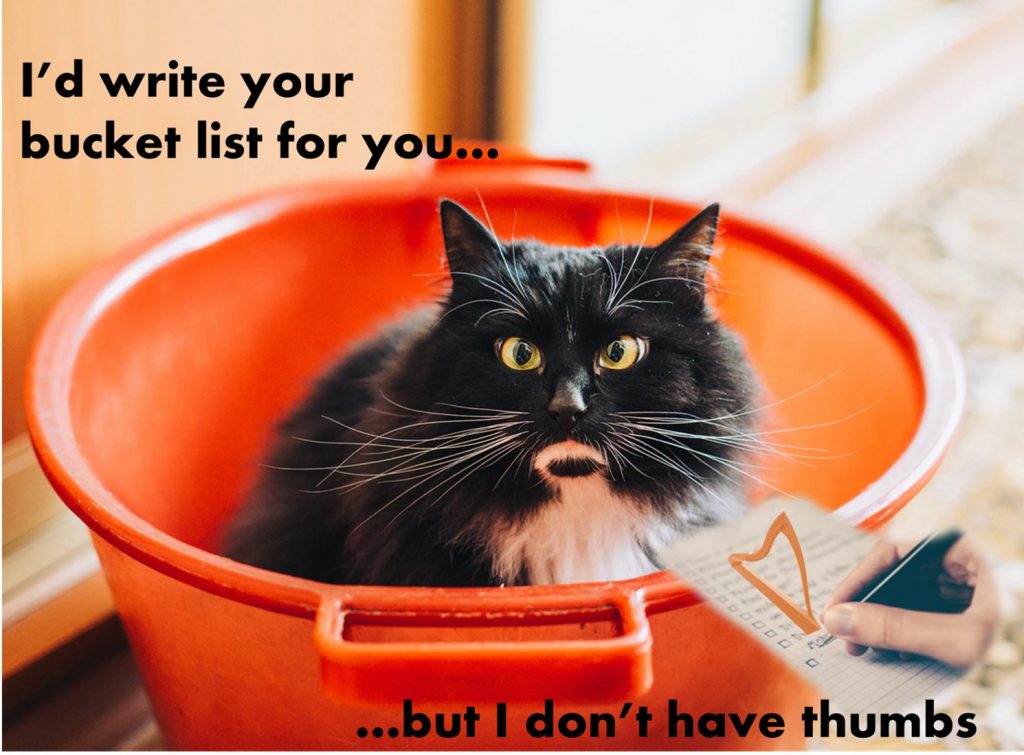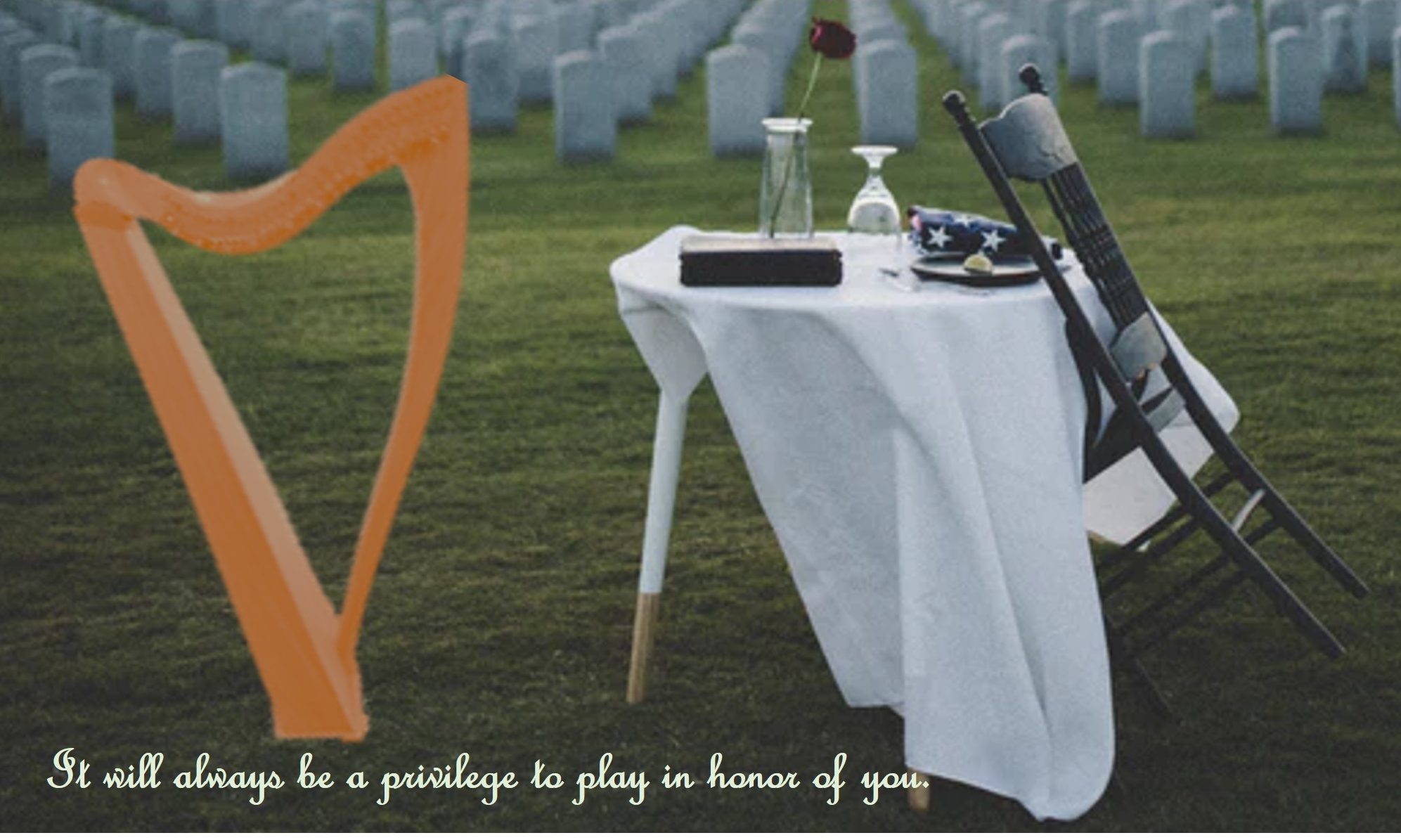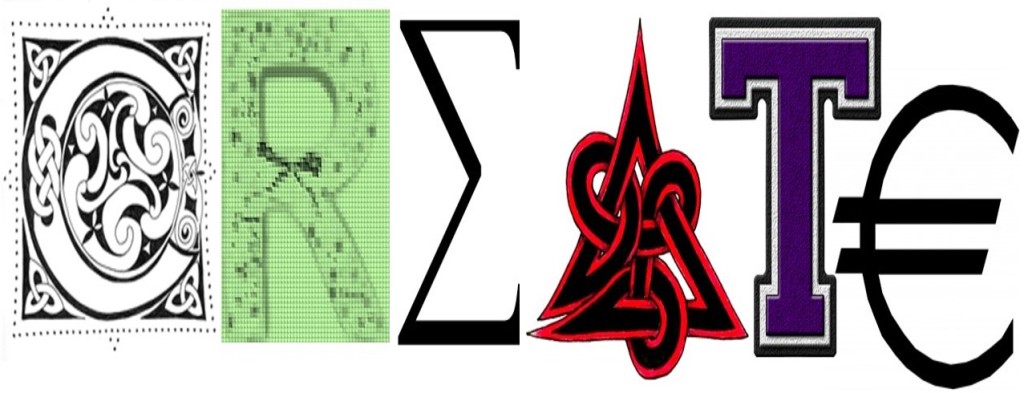This is when we honor the fallen. Although it’s easy to get caught up in the warm weather, the “unofficial start of summer”, and the BBQing, we are often asked to play for events – just a thought on receiving the privilege of getting one of those calls.
Month: May 2020
-
Push a boundary
Being creative seems like it should be easy. But, sometimes you want to be creative…and nothing comes. And it seems that the harder you think the less anything good happens!
Maybe you just need some inspiration. You could do the usual thing – sit there and try to come up with something you will deem creative. But if that had worked, you wouldn’t need to read this.
What are some other ways you might spur your creativity? Here are 5 ways to move forward:
- Read poetry – develop motifs that reflect your reading of the imagery in the reading.
- Take a walk – listen to nature (or the city) as you walk and bring forth those elements in your music.
- Look at photographs – can’t get out? Don’t want to read poetry? Use a collection of photographs to inspire you to tell the musical story of the photo.
- Exercise – or more appropriately, do some exercises – but not etudes – play scales, chords, arpeggios. They do sound different if you are seeking inspiration.
- Noodle – just play with your harp. Don’t think about playing the harp – rather, just be and listen to what the harp might tell you.
Don’t sweat it. Some days, nothing will come of it, but other times you’ll generate all sorts of great tune ideas! Be sure to capture what you do come up with (even if you are not happy with it) – build a collection of ideas that you can review later. Continue to work those and see where you go – you never know where you’ll end up!
What do you do to spur your own creativity? Share your methods in the comments!
-
Power tool
As musicians, we use all kinds of tools. This, of course, includes our harps (duh!) and our tuning wrenches. But there are plenty of other tools we use all the time. Don’t believe me? What about your practice journal? Your metronome (yes it counts, even if you barely use it!). Your electronic tuner? Pens, pencils, sticky notes, highlighters – all tools. Books and books and pages of music? Also tools. But perhaps the most useful tool is one that can help you learn, improve, and focus. What is this magic power tool?
Your phone!
Yup, your phone really can be a life saver (well, practice saver at least).
No, not for watching videos (although that’s a good way to learn new tunes). Not for surfing Facebook. Not to check the weather, be a Twit, or to surf up irrelevant factoids.
I’m pretty sure there are two things my students can hear me say before the words can actually get out of my mouth. The first one is: SLOW DOWN! You might be tired of me saying that too. But I repeat it because — it’s true.
 The other one they know is coming is: RECORD YOUR PRACTICE! Use your phone camera to record yourself.
The other one they know is coming is: RECORD YOUR PRACTICE! Use your phone camera to record yourself. I know that often, no one believes me. But every once in a while, I hear back from someone, “Oh! You were right! I didn’t know I was [insert your current technique foible (sticking out my pinky, not bringing my 3 back in, actively making roach antennas, not actually placing, etc. the litany is long!)] but I really am – I thought you were just being mean.”
This is, of course, a variant of, “Oh, I didn’t know I was slowing down/not waiting/not counting/consistently playing the wrong note” that arises as well.
It is really important to acknowledge that there is a lot going on when you’re playing a tune. You feel this keenly when you’re learning a tune (when even an 8-bar romp seems to last forever, none of the notes will stick together in clumps, and you are sure you’ll never learn it). But once we get past the initial feeling of fear/dread of having to think about each note, we think we got it.
But we don’t. Mostly because there is so much to get – fingeringandplacingandtoneandharmonyandpostureandbreathingandeverythingelse
What you lose – almost immediately – is the ability to monitor yourself! There are so many things to think about and you can only pay attention to so many.
And that’s where your phone comes in – set your phone up on your music stand (obviously point it at your “work area” of the harp – at the strings where you are playing). Make sure you use the video function rather than the still camera. Then push the button and let it go.
Don’t worry about making a huge video – you’re going to record– review–delete. After you have recorded, then you’ll review – watching for what you can learn. Following reviewing, you can then delete that file (or upload it for your teacher) and start the process over again. Make sure you record with sound so you can hear the tune (and the metronome!).
What are you reviewing for? Well, the list is long and distinguished! You will probably need to review it a few times to catch everything. You’re looking for closing, placement, good contact with the string (or getting enough finger on the string), no hesitations, relaxed hands, appropriately raised elbows, no grimaces, etc.). And you are looking for places that you fumble*.
You won’t record your pieces just once. You can repeatedly record when you’re learning the tune (as above). Later, when you’re more facile with the it, you’ll be looking more at the musicality with which you’re delivering the tune – still fingering and placing but also dynamics, phrasing, accents, and those places that sounded good in your head just don’t sound as good in the real world.
No matter which stage of learning you are in with a tune, you are also looking for the places that you need to focus your work. The tricky fingering not working? Focus on just that bit, work it over until you figure out a new fingering and a better way to do it. Then you can append the bit just before (coming into the tricky bit) or just after (coming out of the tricky bit) and build up a larger and larger chunk of the tune until the whole thing just works.
Have you tried recording your practice? Want to share what you learned in the comments? I’d love to hear about it.
*I classify fumbles into two buckets, each of which has a different solution. The first bucket is “I had no idea where to go next”. The solution there is to review the tune and keep working on it because you don’t have all of it in your head yet. The second is “I knew exactly where I needed to go, I just couldn’t seem to get there”. The solution for this bucket is…SLOW DOWN!
-
The Bucket List
Some people have a bucket list. Of course, even more haven’t made one, but they probably have things they’d like to have accomplished by the time they’re done on the coil mortal.
A bucket list is a compilation of all the things a person would like to have accomplished, completed, or dreamt of. It is (yet another) goals list, pure and simple.
You might think a Bucket List is a macabre thing to keep. After all, most people think of it as a list of all the things you may (or might not) have accomplished in your entire life. Ok, that would be macabre.
But what if you instead think of it as a gentle reminder of what you think is interesting, curious, important, and/or worth pursuing? If you look at it that way, it could be sort of interesting – and a little goading. And probably worth keeping for quick and frequent reference. For guidance. And as a reminder to keep your head up (metaphorically…. although you should also do that physically while you’re playing!).
 Apparently loads of people have lists that include travel around the world, run a marathon, be a better person, write a novel, or pursue a passion.
Apparently loads of people have lists that include travel around the world, run a marathon, be a better person, write a novel, or pursue a passion.BUT – YOU ALREADY HAVE A PASSION. You’re no desultory harper!
What sort of things might you put on the list? Well, that’s going to be fairly personal. After all, it will be all the things you hope you will do before you are no longer able to play the harp. I have my own ideas (although, to be fair, I’ve been checking mine off as fast as I can!).
How, you might ask would you go about making your bucket list? Well, it’ll take a little time and effort, but it’ll be worth it! First, note that you might be making more than one list. After all, once you start thinking about it, you might be making a life list, a harp list, a family list, etc. And that’s ok – you can have multiple lists!
I’d suggest making the list in your practice journal. You have to keep it somewhere, so why not there? That way you’ll see it each time you sit to practice – and be reminded of some of the reasons you’re about to practice…
It’s your list – you can put anything you like on it. Secret fantasies, deepest desires, put ‘em down. You’ll never know when you’ll have the chance to check one of them off, but you’ll be ready for the opportunity if you know you want to (you won’t have to think about it when it happens – you’ll be ready!).
Of course, also put down stuff you know you can do if you try. Learn that piece you admire. Write down that tune that you hear in your head. Ask that well-known teacher for a lesson. You have nothing to lose!
Then there’s the harder to define stuff – what do you want your harp legacy to be. Don’t think you have one? Oh, you do, you just might not have thought about it before. Do you want to be sure that you have actually played for your friends? Wish you would sit a Master Class? Want to participate in that fabulous workshop everyone’s always talking about? While these things might be more challenging, you can get there. And writing them on your list will remind you to keep at it.
Maybe the hardest thing about generating your bucket list is to prioritize it. What’s the most important to you? What will take you the most time (or require new skills or significantly more practice)? Does anyone in your life need to have an input (whether they be an audience member or a travel companion or some other adjunct to your thinking)? You’ll need to factor that in. Also, is there any intersection of your harp and your life bucket lists? Maybe you can take your harp with you as you travel around the world? Always wanted to go to Scotland (always a good idea) – maybe there’s a workshop you plan around (or you could join us sometime in the future!). Two birds, meet one stone!
What does not belong on your Harp Bucket List? ANYTHING YOU ARE NOT INTERESTED IN! Don’t want to play in an ensemble? Don’t. Don’t want to play orchestra parts? Don’t even write it down! Never wanted to learn that “must do” repertoire? Then DON’T!
You’re capturing what YOU want to do with your harp life. Don’t worry about what anyone else thinks. Maybe you’re not quite ready to do some of it, that’s ok. You’ve written it down so you can be reminded of what you want to be so you can keep acquiring the skills or practice you need to be able to get there. And remember – it’s your list. Share it with others if you like, but you don’t have to.
When you complete something on your list, savor that!
Make your bucket list – so you can do all the things you want while you are able. Live your harp life! What might you put on your bucket list? Got a good idea? Want to share it in the comments?

